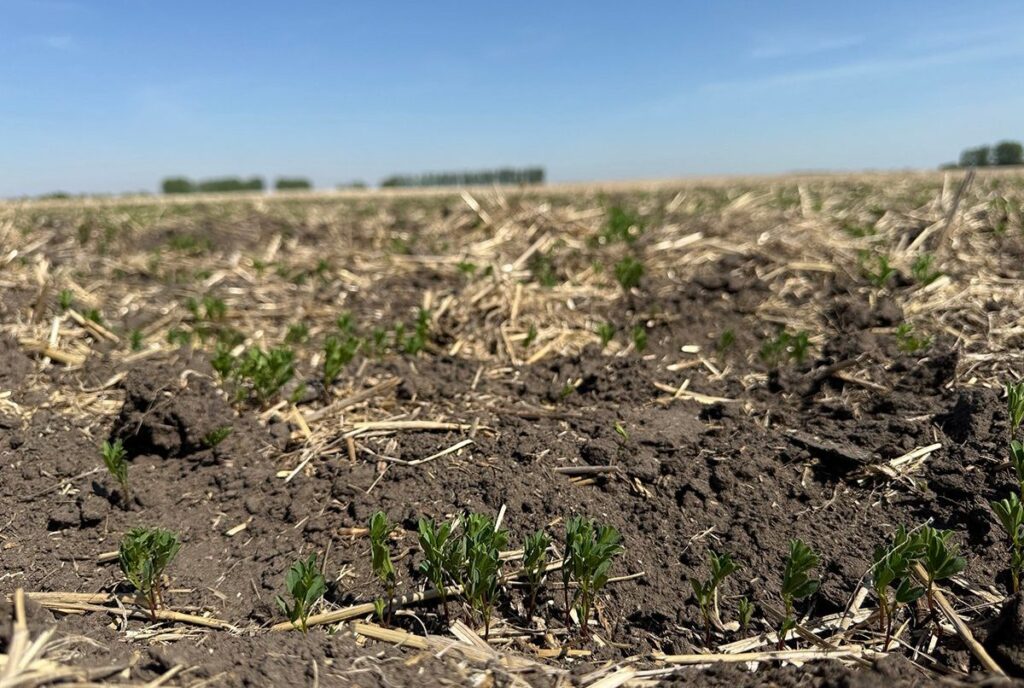Drought developing in northern Saskatchewan agricultural region

Glacier FarmMedia – Rain has become a rarity in Nipawin, Sask.
In the 30 days of April, Nipawin received one millimetre of precipitation. In the first 27 days of May, the Environment Canada weather station in Nipawin recorded 1.5 mm of rain and snow.
It’s a similar story across the northern agricultural region of Saskatchewan. There’s been almost no rain this spring in Hudson Bay, Carrot River and Prince Albert.
Trevor Hadwen, an agro-climate specialist with Agriculture Canada, has been keeping his eye on the region this spring. In a more typical spring, places like Nipawin would receive 70 mm of rain in April and May.
Read Also


Bayer loses appeal of $611M Roundup verdict in Missouri
A Missouri appellate court has upheld a $611 million verdict awarded to three people who sued Bayer alleging that its Roundup weedkiller caused their cancer, a ruling the company says it will further appeal.
“That whole area has been really dry since April 1,” said Hadwen, who helps manage the Drought Monitor for Agriculture Canada. https://agriculture.canada.ca/en/agricultural-production/weather/canadian-drought-monitor
The April 30 edition of the drought monitor showed that the northern agricultural region of Saskatchewan was in a moderate drought.
The next edition of the monitor will be released in early June. It will likely show that conditions have eroded in the region.
“I’m pretty much looking at the area from the Alberta border, right over to Flin Flon … as in drought (for) this next drought report,” he said.
“Inside that (region), there’s going to be some more severe areas.”
Precipitation data from Environment Canada illustrates the lack of rainfall this spring in the large geography, stretching 600 km from The Pas, Man., to Lloydminster:
- Prince Albert recorded about eight mm of rain from April 1 to May 27.
- North Battleford has seen around 11 mm of precipitation since April 1.
- La Ronge recorded less than 10 mm of rain and snow in since April 1 .
June is typically the wettest month of the year on the Prairies, so a dump of rain in early June could quickly reverse the drought. However, many farmers in the large region, known for producing canola and spring wheat, didn’t receive two months of spring rain.
“That’s a pretty big chunk of moisture that you’re (missing) in early spring,” Hadwen said.
Looking at other parts of the Prairies, most places were not in drought, according to the April 30 Drought Monitor report.
One area of concern, though, is southwestern Alberta. The Drought Monitor classified the area around Pincher Creek as an extreme drought this spring. That has broader consequences because snowfall and rain in the Rocky Mountains and the Foothills supplies water for irrigated farmland in southern Alberta.
Source: Farmtario.com


